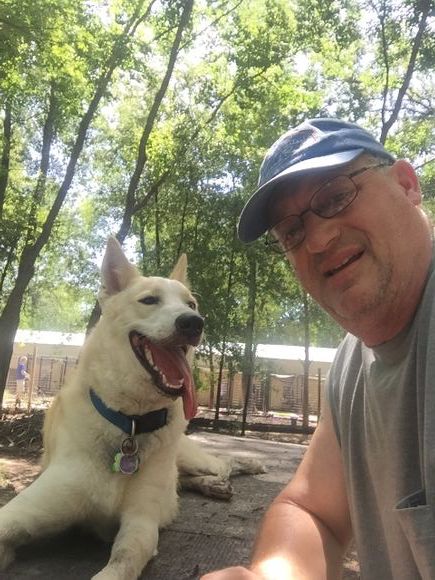My passion is providing exceptional medical care. I carefully listen to my patients to understand their symptoms, how their symptoms impact their lives, and what their treatment goals are. The majority of patients can be treated with conservative, nonsurgical methods. Surgery is always the last option; but when necessary, I utilize minimally invasive techniques so patients have a faster recovery with less post-operative pain.

Kaku Barkoh, M.D. Board Certified & Fellowship Trained Spine Surgeon
Dr. Kaku Barkoh is a board certified, fellowship trained spine surgeon specializing in minimally invasive and non-fusion surgical techniques. He is currently practicing in North Houston, Texas.
Here is some information you may find useful
Learning about your symptoms
The interactive diagram below will help you map your pain areas to possible conditions
View interactive diagram →- Your initial visitHere’s what you can expect from your initial visit, such as what we will cover and some things you may want to do to prepare.Learn more →
- Treatment optionsFor patients with spine or neck problems, I typically explore 5 common treatment paths, starting with the least invasive.Learn more →
- Why minimally invasive?Medical literature has consistently shown that minimally invasive spine surgery results in less blood loss, shorter hospital stays, decreased post-operative pain, and decreased narcotic use.Learn more →
Here is some information you may find useful
Learning about your symptoms
The interactive diagram below will help you map your pain areas to possible conditions
View interactive diagram →- Your initial visitHere’s what you can expect from your initial visit, such as what we will cover and some things you may want to do to prepare.Learn more →
- Treatment optionsFor patients with spine or neck problems, I typically explore 5 common treatment paths, starting with the least invasive.Learn more →
- Why minimally invasive?Medical literature has consistently shown that minimally invasive spine surgery results in less blood loss, shorter hospital stays, decreased post-operative pain, and decreased narcotic use.Learn more →
Here is some information you may find useful
Learning more about me
To learn more about my background, I encourage you to take a look at my bio.
View my bio →It is very important to me that I consistently provide exceptional patient care. So, I created a system for objectively gathering patient feedback.
Learn more and see what patients are saying →- Your initial visitHere’s what you can expect from your initial visit, such as what we will cover and some things you may want to do to prepare.Learn more →
- Treatment optionsFor patients with spine or neck problems, I typically explore 5 common treatment paths, starting with the least invasive.Learn more →
- Why minimally invasive?Medical literature has consistently shown that minimally invasive spine surgery results in less blood loss, shorter hospital stays, decreased post-operative pain, and decreased narcotic use.Learn more →
Minimally invasive surgery describes more than just surgical techniques, it is my treatment philosophy: achieve the treatment goal with the least collateral damage.
Minimally Invasive Spine Surgery (MISS), does not involve a long incision. This typically results in avoiding significant damage to the muscles surrounding the neck or spine, less pain after surgery, and a faster recovery.
- Smaller Incisions
- Decreased Post-operative Pain
- Less Blood Loss
- Decreased Narcotic Use
- Shorter Hospital Stays
The objective was to evaluate motion, disc degeneration and Space Available for Cord (SAC) at the adjacent segments of degenerative cervical spondylolisthesis (DCS) using kinematic Magnetic Resonance Imaging (kMRI). The cervical spine kMRI of sixty-one DCS spinal levels (38 anterolisthesis and 23 retrolisthesis) were analyzed at the listhesis level and its adjacent segments in three position using kMRI.










